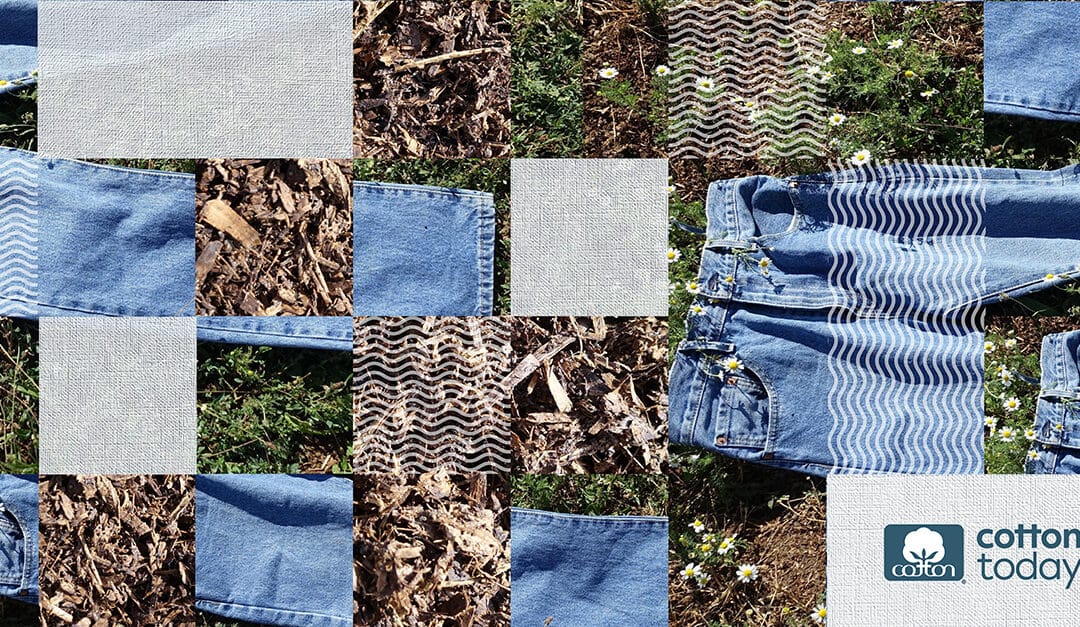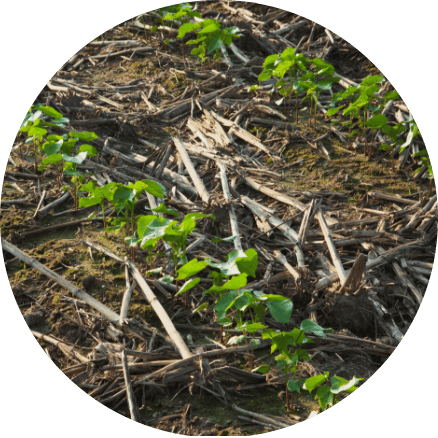Preserving Water Quality Preserves Our Future
Most crops need fresh water to grow. While 70% of our planet is covered by water1 only 2% of that water is fresh.2 With nearly half the global population living in potentially water scarce areas, maintaining and preserving quality freshwater resources remains a global priority.3
One of the leading surface water impacts in the U.S. is from sediment.4 Agriculture can contribute to this sedimentation if conventional tillage is used. Researchers predict that more than 30 billion U.S. tons of soil will be lost annually if conventional tillage continues on a global scale.5 Thankfully this is not the case with conservation tillage gaining ground across the globe. In the U.S., 64% of cotton producers implemented conservation tillage practices to keep soil and nutrients on their fields.6 Additionally, the U.S. has set 10-year science-based sustainability goals including a 50% reduction in soil loss by 2025.



